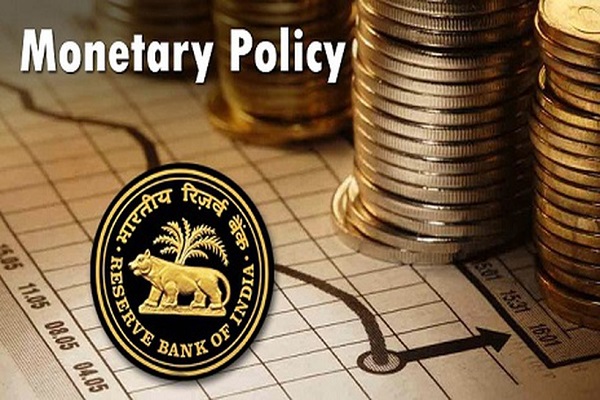The Reserve Bank of India (RBI) has made any changes in the Repo rate consecutively for the 5th time in a row during the MPC. The regulator kept the policy rate unchanged at 4 percent and voted unanimously in a bid to maintain the status quo with an accommodative stance.
Further, the reverse repo rate too remained unchanged at 3.5 percent, and the marginal standing facility and bank rate kept unchanged at 4.25 percent.
Abheek Barua, Chief Economist, HDFC Bank said, “The RBI policy was more dovish than expected with the central bank recognising the risks associated with the rising infection cases in the county and continuing its support for growth through a number of measures including its commitment to keep liquidity in surplus and an extension of measures like the on-tap TLTRO. Fears of any pre-mature tightening either through rates or liquidity management by some sections of the market have been put to rest by RBI’s dovish tone today. The governor was for instance categorical that the changes in liquidity measures announced today does not constitute tightening.”
“The focus of the policy was clearly on yield management and the announcement of the G-sec acquisition program (GSAP 1.0) is likely to stabilise and support long term yields. Although, the extension of tenures for the VRRR (variable rate reverse repo auctions) might lead to some hardening at the short-end of the curve. The upward revision of the inflation forecast by the RBI is justifiable given rising commodity prices, although we see further upside risks to the current forecast range. That said, inflation is unlikely to be an area of concern for the RBI for the coming months and growth is likely to remain the policy priority,” added Barua.
“If patience is worth anything, it must endure to the end of time. And a living faith will last in the midst of the blackest storm,” said RBI Governor Shaktikanta Das said while concluding the MPC.
Also Read: RBI Monetary Policy Review: Repo Rate remains at 4%, reverse repo rate untouched at 3.35%
“The RBI maintained an accommodative stance that’s given the spike in inflation to nearly 5%. It is critical to watch how oil prices play out over the next few weeks. The high price of domestic fuel is one of the drivers of inflation while some of that inflationary pressure is being set off by the surplus food grain production it essentially then boils down to one wrong correcting another. This presents itself as a complex problem. While its good for the market, the oversupply of money could result in a sudden spike in inflation and a hike in interest rates making manufacturing exports uncompetitive….Indeed a tough road lies ahead. This is a rather bold step to continue maintaining the repo rate even though the inflation has touched a near peak over the last few quarters,” said Sanjay Kumar, CEO & MD, Elior India.
Sharing his views on the affect of unchanged repo rate on the demand of affordable housing, Ankush Kaul, President (Sales & Marketing) – Ambience Group
“Home loan interest rates in India have been the lowest in the past couple of years and this has led to a significant recovery in transactions in all classes of housing -affordable, mid segment and luxury. As the apex bank has kept the rates unchanged, we expect housing demand to continue its upward trajectory in 2021, and the overall positive economic indicators shall further help home buyers to close and finalize.”
Elets The Banking and Finance Post Magazine has carved out a niche for itself in the crowded market with exclusive & unique content. Get in-depth insights on trend-setting innovations & transformation in the BFSI sector. Best offers for Print + Digital issues! Subscribe here➔ www.eletsonline.com/subscription/





















